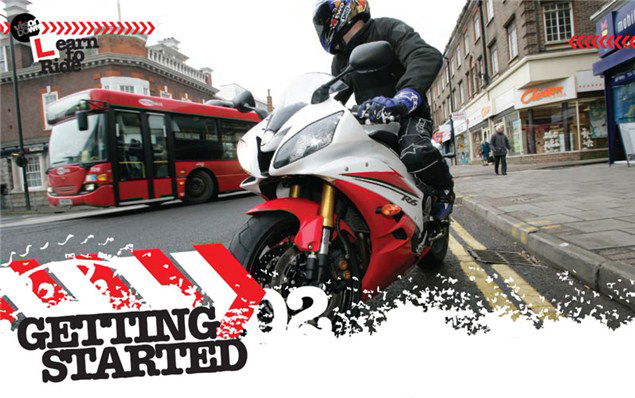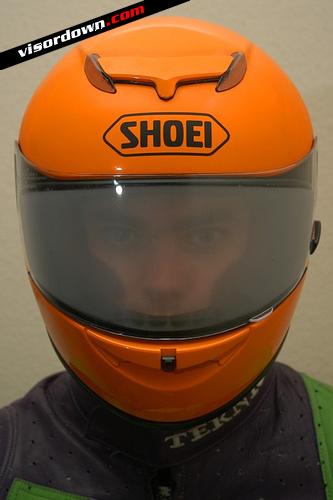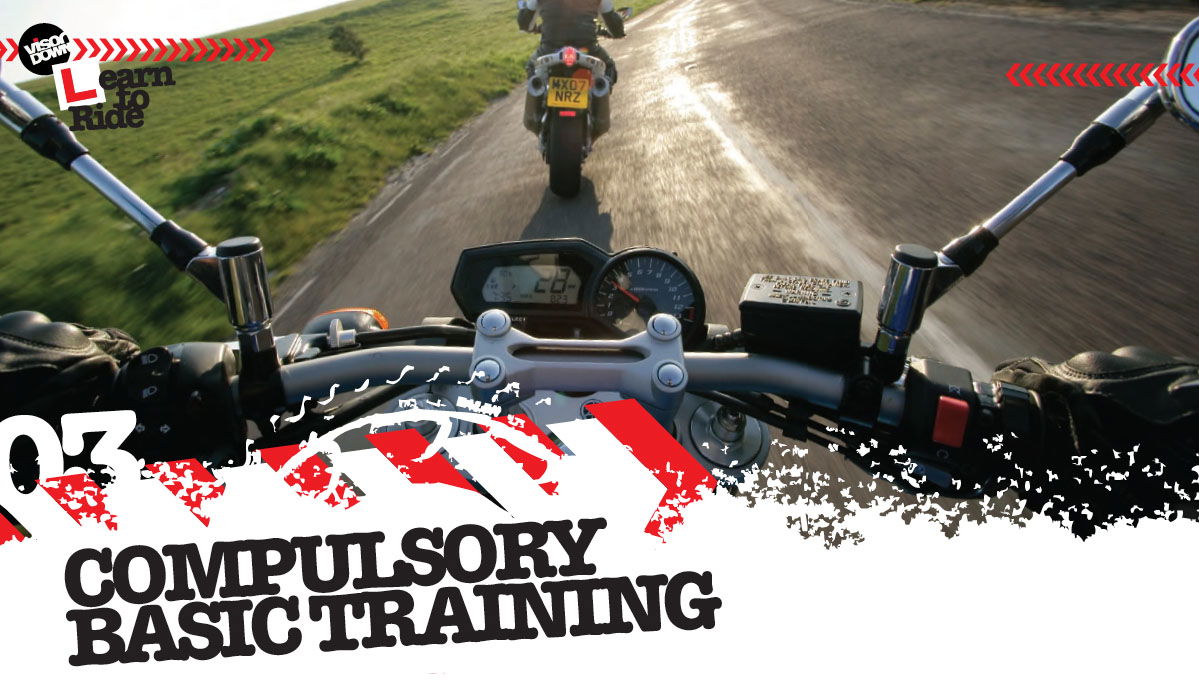Learning to ride a motorcycle: Getting started
Apply for your motorcycle licence and discover the different categories for riding


Applying for a licence
If you’ve never held a driving licence before then you’ll need to apply for a provisional. Complete application form D1 available from your local Post Office branch and send it to the DVLA with a cheque for £50.00.
All new licences issued are now the photocard variety, so you’ll also need to enclose original documentation confirming your identity (birth certificate/passport etc.) and a passport-type size colour photograph. There’s no charge if you want to add provisional motorcycle entitlement on your current driving licence. If it’s the old paper-style variety you’ll also need to enclose a passport size photo. See this link for more info: http://www.dvla.gov.uk/drivers/applydl.htm
What’s the next step?
Once you’ve got your licence (which should take 2-3 weeks) you’re now ready to book your Compulsory Basic Training course. The Driving Standards Agency (the government body responsible for CBT’s and all driving tests) will give you a list of Approved Training Bodies in your area. Call them on 0115 936 6666 or visit this link: http://www.dsa.gov.uk/bikes.asp
Which kind of licence should I aim for?
There’s no point going for a full, unrestricted motorcycle licence if you’re only planning to ride to and from work on a 125cc scooter, so have a good think as to which sort of test suits you.
The Licence Category system is as follows:
Category P – a licence for machines below 50cc
This qualifies licence holders to ride a machine with a capacity below a 50cc. If you elected to take your full test on a Category P machine then all you can do is ride a moped without L plates. Full car licence holders that passed their test before 1stFebruary 2001 can ride a Category P machine without L plates or a CBT.
Pros: Simple, little hassle, cost effective
Cons: No room for progression
Category A1 – for machines below 125cc
The practical test for this category must be taken on a motorcycle of between 75cc and 125cc. On passing, the licence holder can ride up to a maximum capacity of 125cc without L-Plates and carry pillion passengers. The machine must have a power output of no greater than 11kW (14.66bhp).
Pros: Straightforward, cost effective
Cons: Rider would need to take practical test again to progress to a larger machine
Restricted licence – for machines below 33bhp (25kw)
The practical test for this category must be taken on a motorcycle of between 121cc and 125cc, that’s is capable of at least 62mph (100kph). On passing, the licence holder can ride any motorcycle without L-Plates up to a maximum power output of no greater than 25kW (33bhp), for a period of two years. They may also carry pillion passengers. Once the two-year probation period is up the rider’s licence automatically upgrades to a full, unrestricted licence and they may ride any machine they wish, whatever its capacity.
If the test is taken on an automatic or semi-automatic machine then the licence will be restricted, limiting the rider to drive only automatic and semi-automatic machines up to the power limits listed above.
Pros: Potential for progression to bigger machinery
Cons: Need to take test again to ride large capacity bikes
Category A – Full unrestricted motorcycle licence (Direct Access)
Riders over the age of 21, or those who are 21 before their two-year restriction ends, have the option open to train for a full, unrestricted Category A licence.
Direct Access
The practical test must be taken on a motorcycle with a power output of no less than 35kW (46.6bhp). On passing, the licence holder may ride any motorcycle, whatever size, without L-Plates, They may also carry pillion passengers.
Again, if the test is taken on an automatic or semi-automatic machine then the licence will restrict the rider to drive only automatic and semi-automatic machines.
Pros: Fast progression to bike
Cons: Expensive, big bike too heavy for some
Accelerated Access
This option is exactly as above but is the route taken by the holders of power restricted Full Category A licences who turn 21 before their two year restriction ends and wish to move up to a more powerful machine.
Riders wishing to take this route will return to learner status while training and testing on the larger capacity bike, but a test fail will not affect your previous licence status.
Introduction | Part 2: CBT

